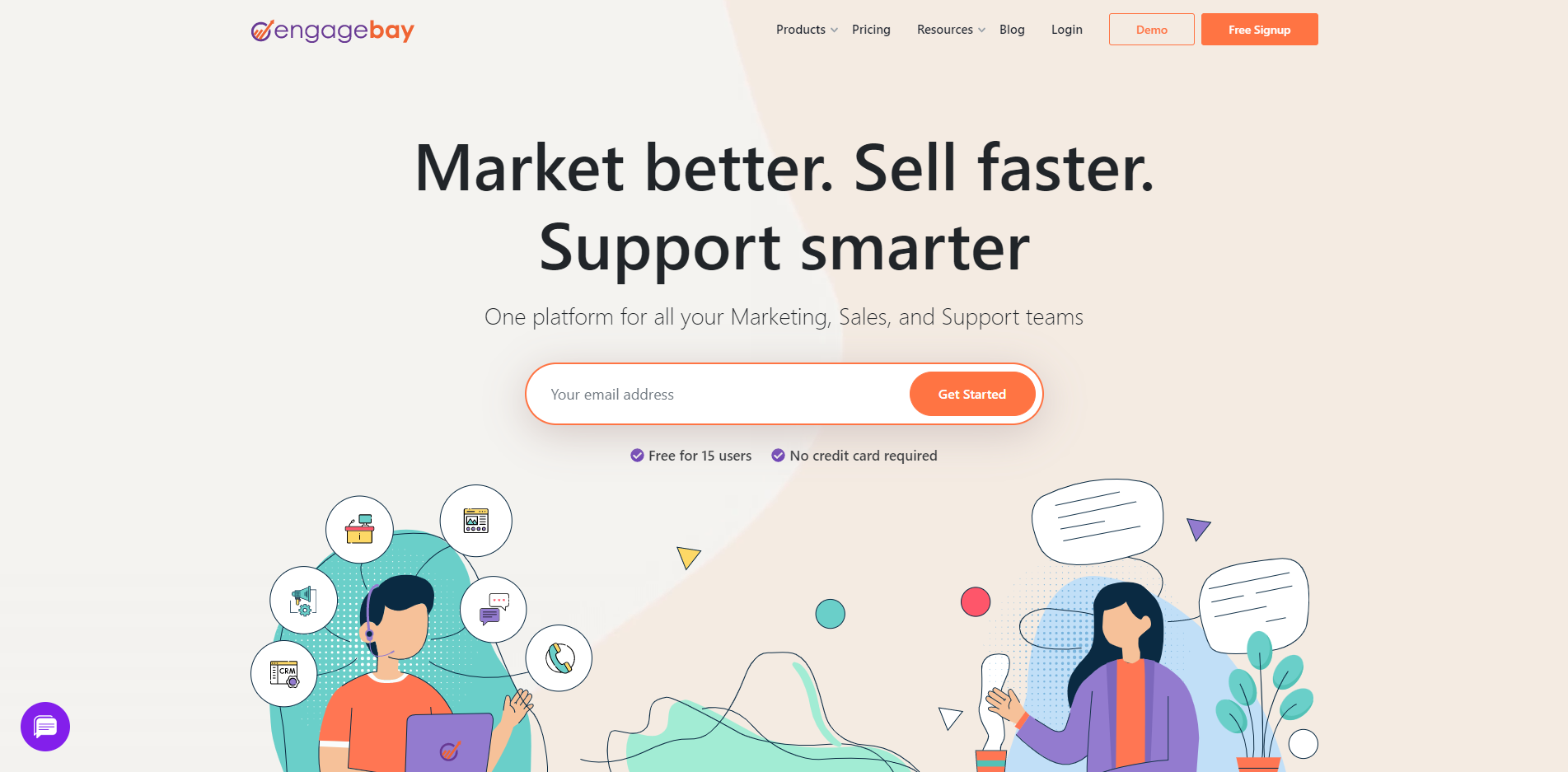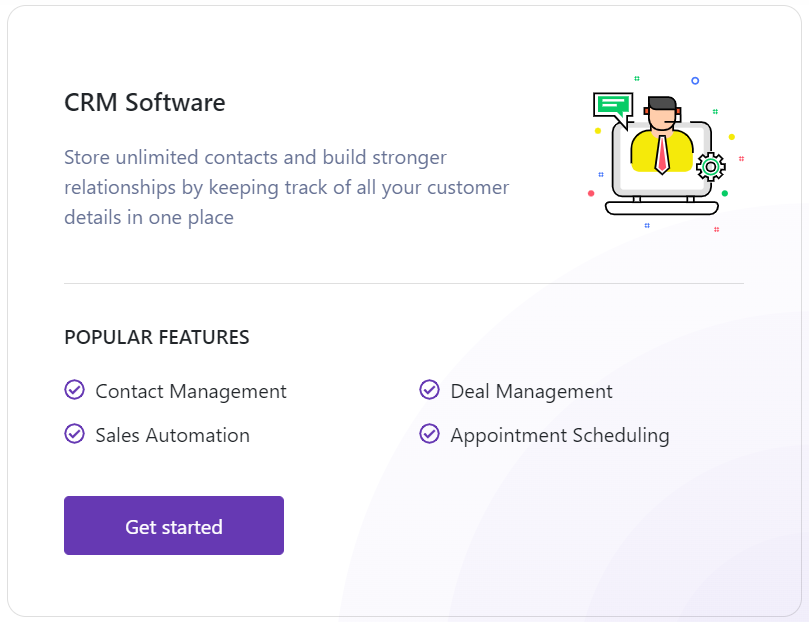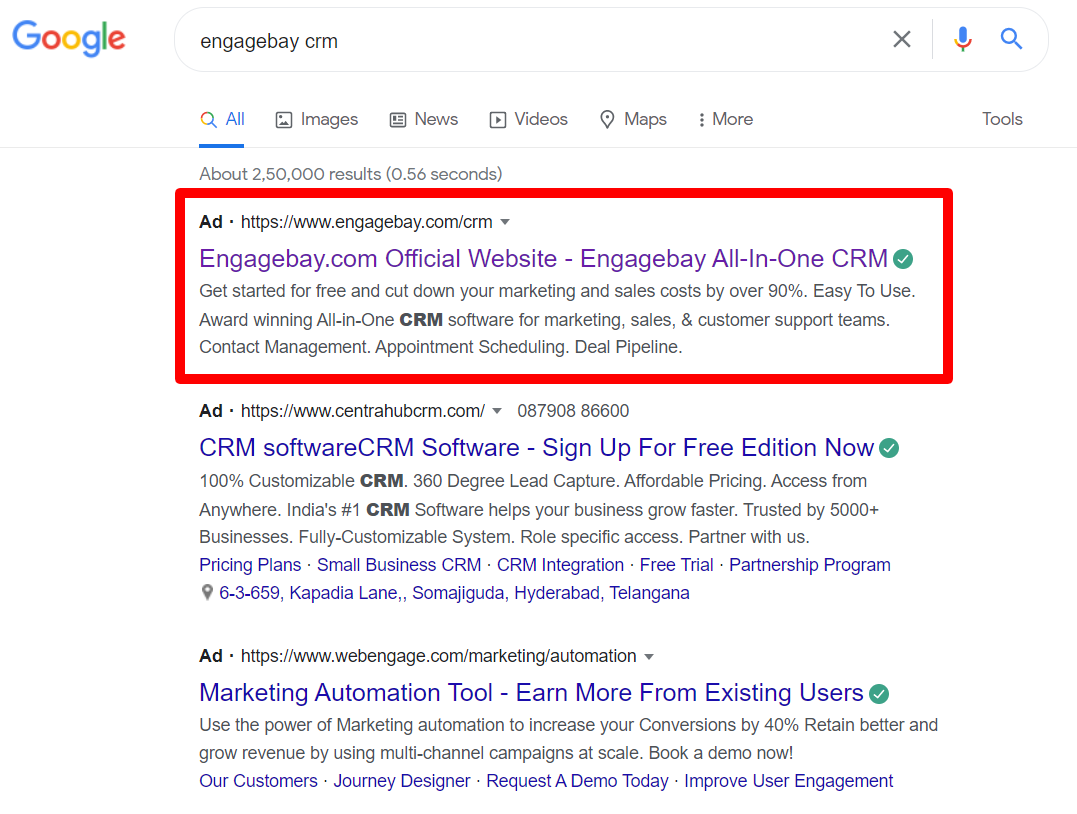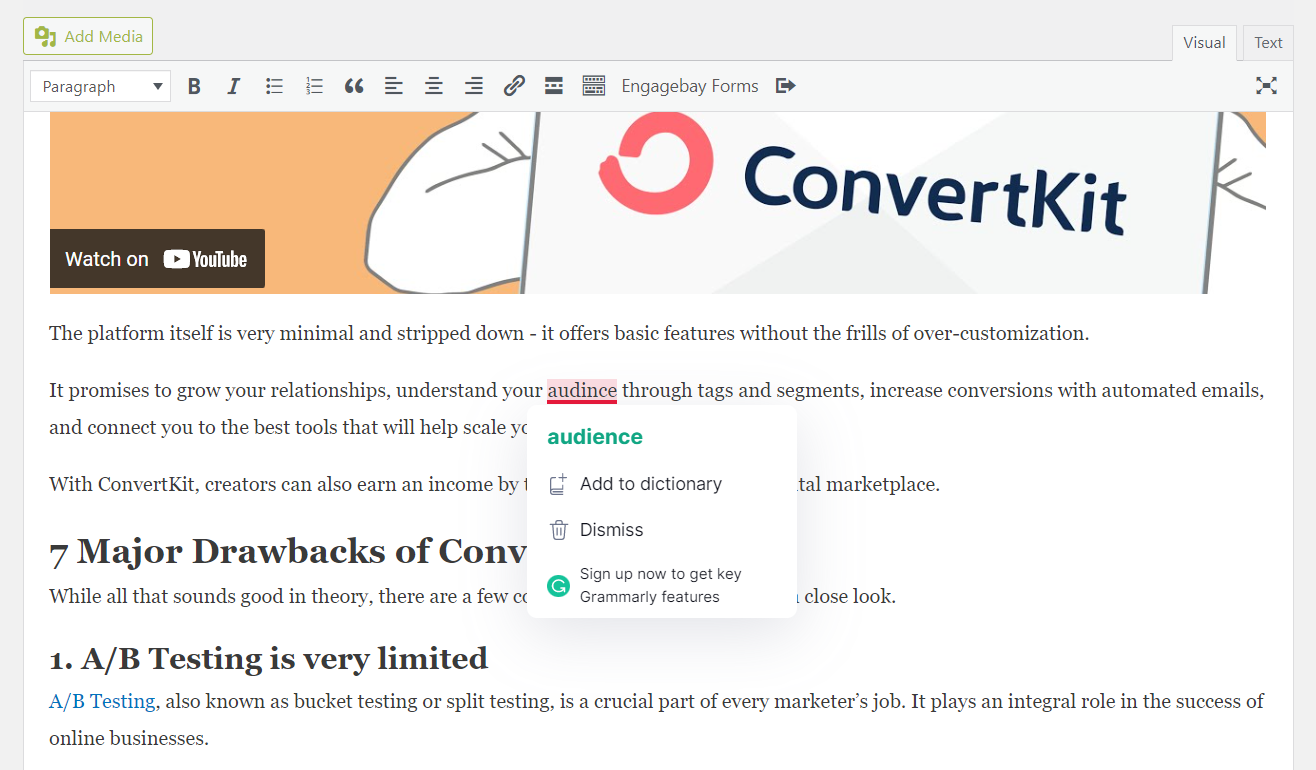In the first five chapters of this guide, we’ve explained what a landing page is and why you need one. We’ve also gone over the best types of pages for your business, including templates so you can make landing pages on your own. You may have even started driving traffic to these pages.
In the last chapter of our guide, we’ll discuss the top landing page best practices for creating a great landing page. These thumb rules should give you a higher conversion rate and increased sales.
Few things in life are more irresistible than freebies. In the eyes of the consumer, a freebie is no-risk (or low-risk), all-reward; they get something for nothing. If they like it, they could come back to your company for more.
If your business sells a product, then sending out free samples is a great idea. Service-based companies should offer a free trial to their leads. Most free trials last 30 days, giving the lead more than enough time to use the service and decide whether they like it.
Keep in mind that a free trial should be just that: free. If you ask a lead for their credit card information too soon, they could back out of the deal altogether.
That’s why the landing page best practices we’ve selected are a bit more evergreen.
If your conversion rates are lower than expected, you have to ask yourself: where is your CTA button placed?
If a lead has to scroll midway down your page to find the CTA, that’s too much work.
Landing page best practices dictate that the most important landing page content, including your CTA, should be above the fold. After all, there’s never a guarantee that a lead will scroll down all the way to the bottom of the page. There is always a chance that they may never see your CTA if it's kept below the fold.
To keep your CTA above the fold, AB Tasty recommends accommodating for a computer screen size of at least 1024x768 pixels or larger.
Your company’s contact information should also go above the fold.
Depending on what type of company you run, you might invite client consultations by phone. If so, then your phone number should be somewhere at the top of the page in large or bold text (but not both). Your company might opt to provide links to your social media profiles as well. This way, potential customers can contact you via a medium they're comfortable with.
Don’t hog up too much precious room with your contact information. You still need to fit your CTA, form fields, and other valuable content above the fold.
More and more marketers are hopping on the video trend. Before it becomes too common to have videos on your landing page, start using this trend today. Here are some landing page best practices for including videos:
You don’t need professional equipment or a studio to make videos. Customers value transparency and authenticity in companies, today more than ever. If you have a smartphone and a well-lit room (or even an outdoor space!) then you have everything you need to start recording videos.
Do remember that you’re representing your company with these clips. Stay professional and consistent to your brand.
If you’re doing a webinar on Facebook, you might buy ads on the Internet to generate the interest. When a lead clicks one of these ads, they’ll be redirected to a landing page, which should hopefully be about the webinar. Don’t confuse customers with an ad about one thing and a landing page about another; you’ll lose them fast.
Guarantees are a useful way to build trust in the eyes of your leads and customers. You’re vouching for the quality of your product/service and giving the customer something back if that quality isn’t up to the mark. Perhaps they get 30 days to try the product, and if they don’t like it, they don’t have to pay for it. You might also be willing to refund the customer their full purchase price. Whatever guarantee you have, make sure it’s featured above the fold.
Risk-averse people won’t necessarily avoid all risks, but they tend to take only manageable risks that likely won’t backfire.
These are the types of people that guarantees are designed for. A guarantee proves to a risk-averse customer that they can get their money back or even keep the product if it doesn’t work as promised.
If you have a high-quality product or service, then your customers might never need these guarantees. Still, offering a guarantee is like a safety net for a tightrope walker. They hope they don’t need it, but it’s good to know they have the option.
According to marketing guru Neil Patel, there are five varieties of social proof, and all are good for business. They are:
If you can find another reputable brand or even a celebrity that can vouch for your product/service, it will do wonders for your company. After all, many of your potential customers have probably heard of this bigger brand/celeb. If they see this brand/person recommending your products or services, they may be more inclined to do business with you.
Not only can you enjoy increased conversions and sales, but having a partnership like this also boosts trust in the eyes of your leads and customers. This bigger brand/celebrity is trustworthy, so you must be too, by association. You will still have to go through all the normal customer relationship nurturing stages, but your partner does a lot of the initial work for you.
Most marketing experts recommend keeping the length between 500 words on the shorter end and 2,000 words if you must go longer.
Sticking between those two recommendations is ideal. This keeps your sales copy from being so brief that it’s not informative. You also won’t write a whole novel about why people should buy your product or service.
Here are some writing best practices to make sure your copy looks as good as possible:
Your copy has to be free of any and all spelling and grammatical errors for the sake of authenticity. If you’re writing with a program like Microsoft Word or Google Docs, you’ll have a built-in grammar and spellchecker right at your fingertips.
Otherwise, there’s Grammarly and even the “to be” verb checker Aztekera that will clean up your writing.
While we hope this goes without saying, please don’t copy anyone else’s writing. Plagiarism could irreparably damage your company’s reputation. With paid tools like Copyscape and countless free ones, there’s no reason not to run your copy through a plagiarism checker before you publish it.
As your product/service rolls out and people start using it, hopefully they will have good things to say. Does that mean you should include all the positive reviews and testimonials you get on your landing page? No.
You only want the best of the best. These testimonials and reviews should be glowing without coming across as fake or too forced. They should go into detail about why your product is great and what problems it solved for this individual. Those are the kinds of testimonials that might convince even risk-averse potential customers to try your product/service.
{{resources.landing-pages-best-practices.key184}} landing page, test it. Even when you’re happy with the page, test it one or two more times. You might be getting good traffic and conversions now, but there’s always room for growth and improvement.
We hope you found this six-chapter landing page guide If you liked the content, you can check out our other
If you liked the content, you can check out our other learning resources.





